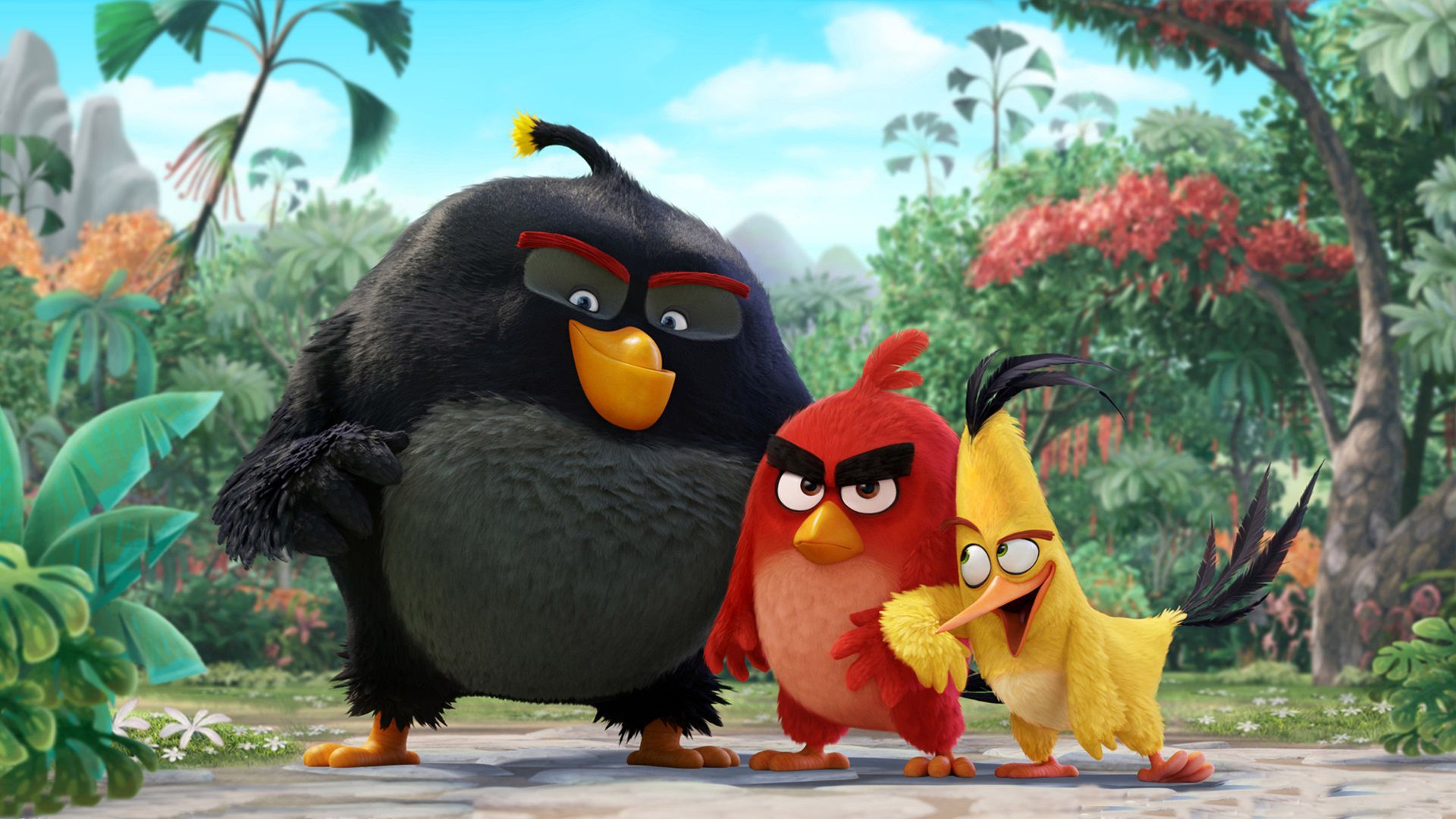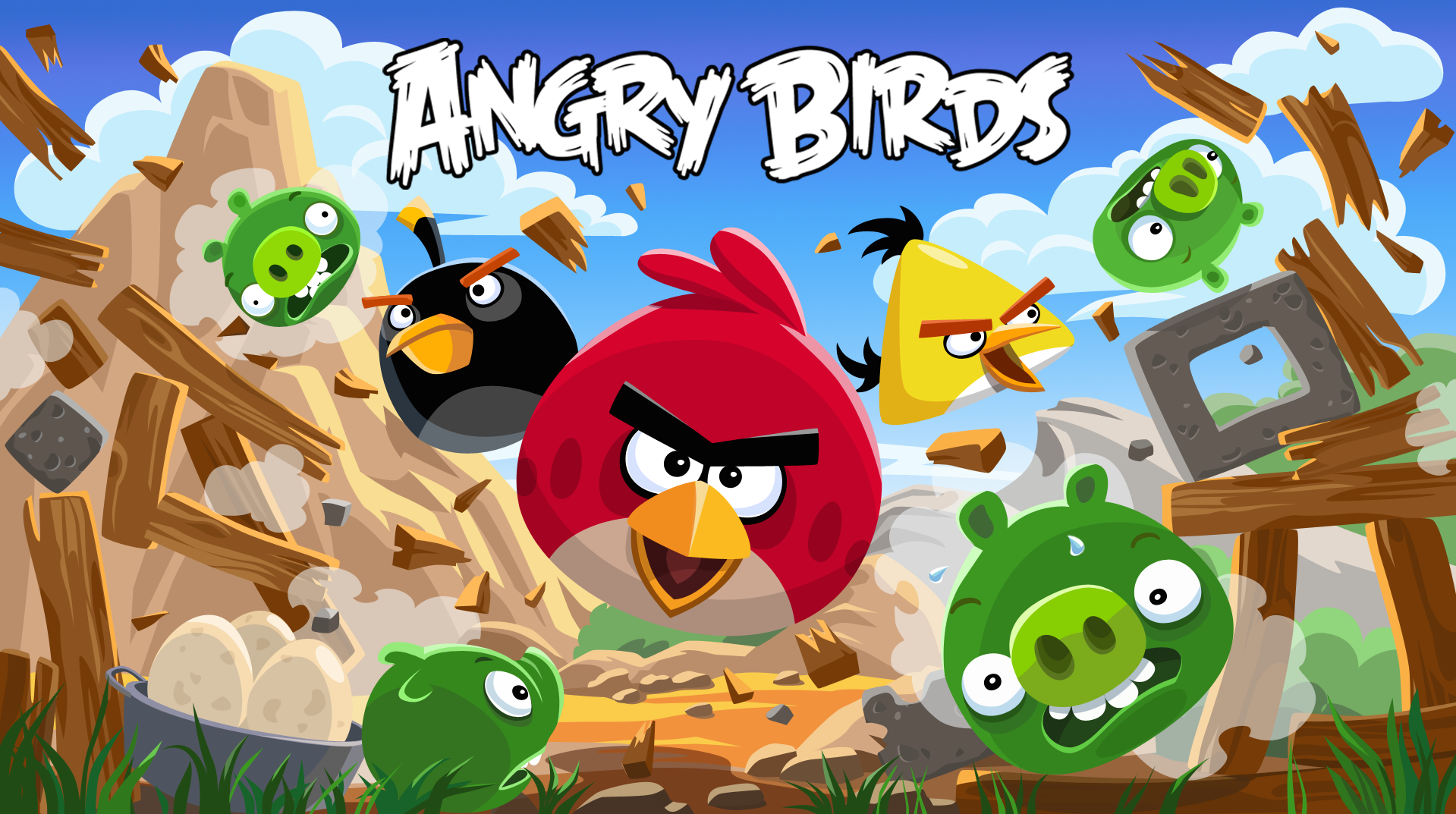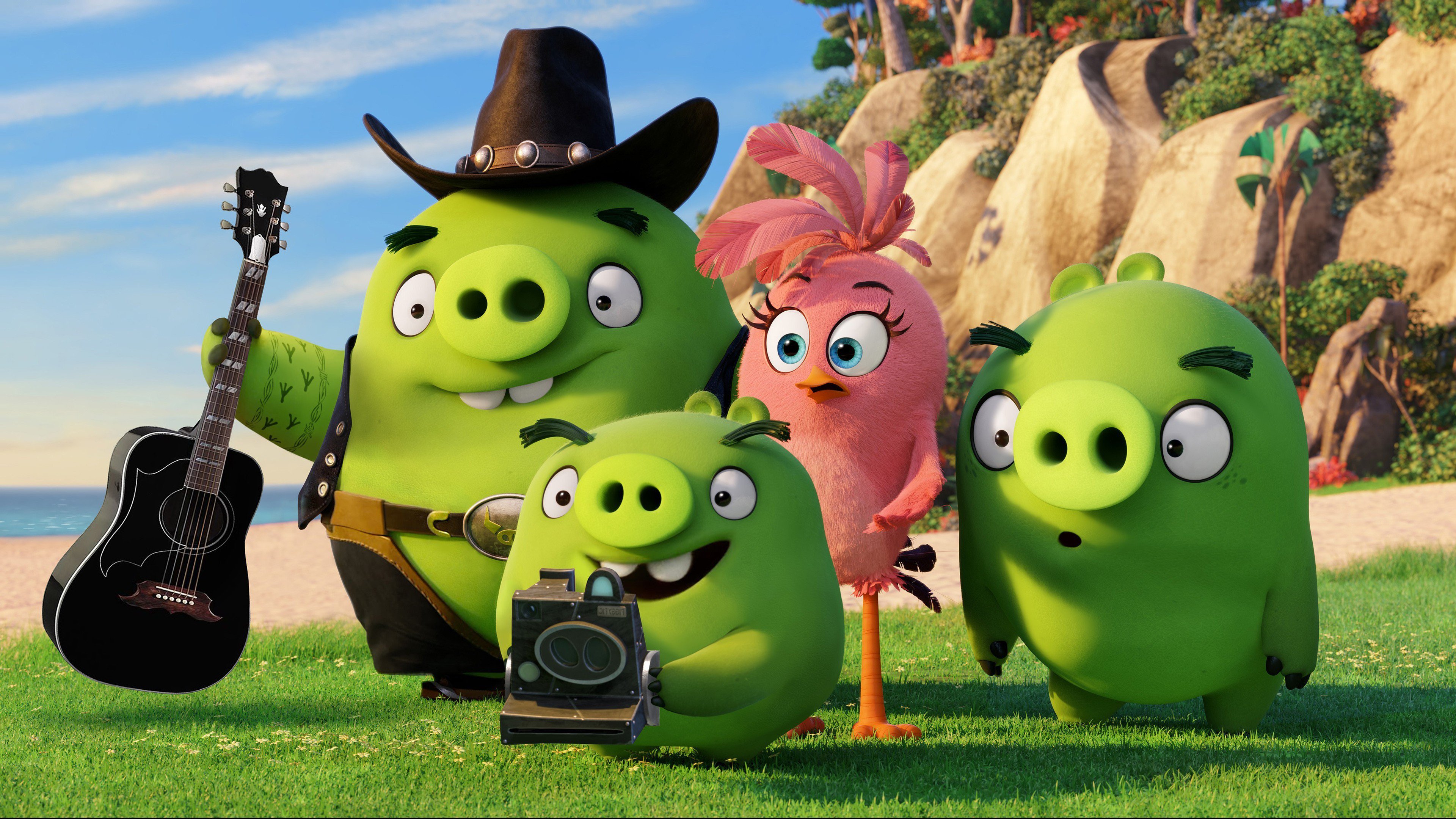How does “The Angry Birds Movie” compare to the smartphone app?
Quick Answer: The first film based on a smartphone app, the Angry Birds Movie fits into an expanding genre of video game adaptations. The film is loosely based on the popular mobile phone game Angry Birds, providing a backstory for the birds-versus-pigs premise of the game. But Angry Birds is a non-narrative video game with almost no characters or story to translate into a movie, so directors Fergal Reilly and Clay Aktis could only take inspiration from the game’s “essence,” while creating new characters and plots from the flightless birds that function as tools in the game. The game’s mindlessness allowed the filmmakers freedom to create what is essentially an original story. Does its success reveal any insights about the game-inspired movie industry and our current cinema landscape?
Following in the path of films like Street Fighter (1994) and Lara Croft: Tomb Raider (2001), The Angry Birds Movie (2016) is the latest film adaptation of a video game franchise — and it will likely be the most successful one yet. The genre formed in 1993 with Super Mario Bros. (1993) and has bred notoriously bad movies: 33 video game adaptations have seen international release with an average Rotten Tomatoes score of 18.7%. Yet Angry Birds Movie is not quite the same as a Super Mario Bros or a Tomb Raider: it also bears the distinction of being the first movie based on a smartphone app. Although it has been poorly received by critics, The Angry Birds Movie earned a surprising $39 million in its opening weekend in the U.S. This might signify a turning point for the game adaptation genre, which has clearly been embraced by Hollywood studios of late. According to Den of Geek, there are 48 video game films currently in production, including Warcraft and Assassin’s Creed, which will premiere later this year. The fact that Angry Birds Movie appears headed for greater success than most game-inspired movies suggests, counterintuitively, that the relative lack of story and substance in the original mobile phone game may have been a liberating gift for the filmmakers at its helm.
 Bomb (Danny McBride), Red (Jason Sudeikis) and Chuck (Josh Gad) in The Angry Birds Movie (2016)
Bomb (Danny McBride), Red (Jason Sudeikis) and Chuck (Josh Gad) in The Angry Birds Movie (2016)
The Angry Birds game was launched in 2009 by Finnish company Rovio Entertainment, and it has stayed at the top of the mobile gaming charts ever since. The game found immediate success — as of July 2015, it had been downloaded over 3 billion times — which led to many spinoffs, such as versions of Angry Birds available on PCs and gaming consoles, an animated series, and merchandise featuring the angry-faced feathered friends. It makes sense that the next step in the franchise would be a 3D animated feature film, and Rovio Entertainment partnered with Sony Pictures Imageworks to make it happen. Despite its popularity, Angry Birds has a reputation for belonging to a genre of hyperaddictive “stupid games,” like Farmville or the ancestor Tetric, that are unapologetically mindless and without substance but hook players through satisfying, simple and repetitive tasks.
Needless to say, a “stupid game” doesn’t at first glance sound like rich source material for a compelling movie. The Angry Birds Movie is an adaptation of the game in the sense that it provides backstory for the birds-versus-pigs premise of the game, and it builds on other aspects of the game in service of plot. In the game, the birds are not so much characters as tools, and no story unfolds as a user progresses to higher levels. Debut directors Fergal Reilly (of Rovio Entertainment) and Clay Kaytis used the game as a rough prompt to build an entirely new world onscreen. This process of reinvention is common in video game adaptations, especially those of non-narrative games like Angry Birds. In these cases, the goal is not to adapt a story but to translate the essence of a game onscreen — and this distance between the two versions is often what leaves gamers and critics disappointed. In an interview with CNBC, Reilly explained this process of reinvention. “I think that when you’re adapting [a game] you really need to allow it to shed its skin and form into something else. It isn’t a straight up adaptation; it is always a transformation as well.”

Angry Birds Video Game
In the film, the three main characters — Red, Chuck and Bomb (Jason Sudeikis; Josh Gad; Danny McBride) — are angry bird outcasts on the otherwise peppy “Bird Island.” They meet at a mandated anger management class taught by a bird named Matilda (Maya Rudolph), at which Red resists his fellow angry birds’ friendship at first but they eventually become friends. Life on the island is disrupted when green pigs show up from “Piggy Island.” While the majority of the birds are excited to host their new green guests, Red is skeptical of their motives. Red’s judgment is eventually justified when the pigs sail off with all of Bird Island’s precious egg-children. This plot has a strange xenophobic sentiment, but this doesn’t seem to have been the intention, as The Angry Birds Movie rarely ventures below the narrative’s surface. The pigs and the birds had to be enemies to mimic the central premise of the “Angry Birds” game. Towards the end of the film, the birds storm Piggy Island and launch each other onto the castle’s grounds via slingshot — like users do in the game.
But the similarities between the angry birds onscreen and on mobile end there.

Visitors from “Pig Island” in The Angry Birds Movie
While video game adaptations have been historically poorly received by critics, they typically do well at the box office, bringing in gamer fans as well as general mainstream viewers. The Angry Birds Movie is doing particularly well in the box office with $39 million in its U.S. opening weekend, and it has a higher (though still unremarkable) Rotten Tomatoes score of 43% compared to the 18.7% average for the genre.
The success of The Angry Birds Movie might signify a shift in the market for video game adaptations. Perhaps the film is working better than most others of its kind because it has created an entirely new universe on the big screen and only had to be a faithful adaptation in maintaining the basic premise of the game. Or perhaps having debut director Fergal Reilly from Rovio Entertainment on board helped to effectively translate the essence of the game, and what charmed people from the start, into another medium. It’s common knowledge that video game adaptations (and adaptations in general) are on the rise, which speaks to the current state of the film industry. Studios prefer taking on franchise adaptations because they are safe bets for the box office, but are they the sole driving force behind this craze? Are filmmakers finding it creatively rewarding to adapt unlikely narrative material instead of building something from scratch? Are audiences simply demanding (with their wallets) that they only want to see movies based on some familiar element, even if the resulting adaptation bears almost no true relation to the known source?
The most curious observation we can make about the positive reception to The Angry Birds Movie is that the game’s empty mindlessness appears to have been a help to the movie’s creators. Since the filmmakers had no story binding them, this exercise in “adaptation” is arguably closer to original screenwriting. Still, since the movie never delves beyond the surface of the premises (But why are the birds so angry?), it’s safe to say it captures its predecessor’s spirit of escapist entertainment that really doesn’t have a deeper meaning underneath the distraction.

